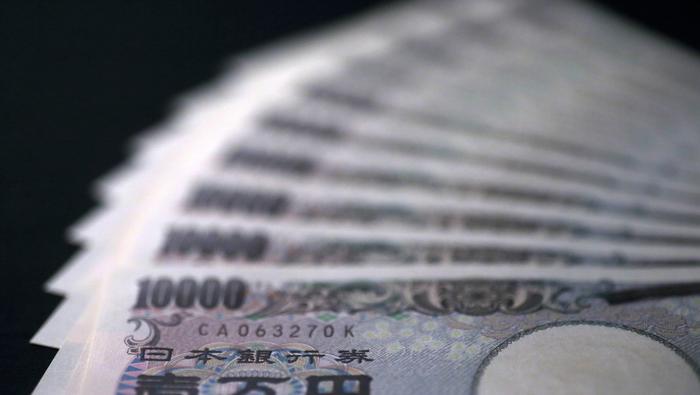In the vast and intricate world of forex trading, the MXN/JPY currency pair has been a fascinating and dynamic duo, capturing the attention of traders and investors alike. This pairing represents the Mexican Peso (MXN) against the Japanese Yen (JPY), and its movements are influenced by a myriad of factors ranging from economic indicators to geopolitical events. In this article, we delve into the intricacies of the MXN/JPY pairing, exploring its historical context, recent trends, and the factors that contribute to its volatility.
Historical Overview:
The history of the MXN/JPY currency pair is a tale of two economies with distinct characteristics. The Mexican Peso, deeply rooted in Latin American economic dynamics, has historically been influenced by factors such as commodity prices, inflation rates, and political stability. On the other hand, the Japanese Yen, a safe-haven currency, often experiences fluctuations based on global economic uncertainties, trade balances, and monetary policies set by the Bank of Japan.
Recent Trends:
Examining the recent trends in the MXN/JPY pairing provides valuable insights into the economic landscapes of Mexico and Japan. In recent years, the Mexican economy has demonstrated resilience, with efforts to diversify trade partners and reduce dependence on the U.S. market. Meanwhile, Japan has grappled with deflationary pressures and an aging population, prompting policymakers to implement unconventional monetary policies.
The COVID-19 pandemic has also played a significant role in shaping the recent trends of this currency pair. The economic repercussions of the pandemic have rippled through both Mexico and Japan, impacting trade, employment, and fiscal policies. Traders closely monitor these developments to anticipate how they might influence the MXN/JPY exchange rate.
Factors Influencing MXN/JPY Volatility:
- Global Economic Conditions: Both Mexico and Japan are active participants in the global economy. Changes in global economic conditions, such as shifts in demand for commodities or disruptions in international trade, can have a profound impact on the MXN/JPY pairing.
- Interest Rates and Central Bank Policies: The policies of the Bank of Japan and the Banco de México play a crucial role in determining the interest rate differentials between the JPY and MXN. Traders closely watch for changes in monetary policies, as they can influence investor sentiment and impact the exchange rate.
- Political Stability: Political stability is a key factor affecting the MXN/JPY pair. Political uncertainty in Mexico or Japan can lead to currency fluctuations as investors seek safer assets during times of instability.
- Commodity Prices: Mexico, as a major oil exporter, and Japan, as a major importer of energy, are sensitive to fluctuations in commodity prices. Changes in oil prices, in particular, can impact the MXN/JPY pairing.
Conclusion:
The MXN/JPY currency pair encapsulates the ebb and flow of two distinct economies, offering traders a unique opportunity to navigate diverse market conditions. As we continue to witness the evolution of global economic landscapes and geopolitical dynamics, the MXN/JPY pairing remains an intriguing subject for those seeking to understand and capitalize on the complexities of the forex market. Traders are advised to stay vigilant, keeping a close eye on economic indicators, policy shifts, and external influences that shape the fascinating journey of the MXN/JPY currency pair.


